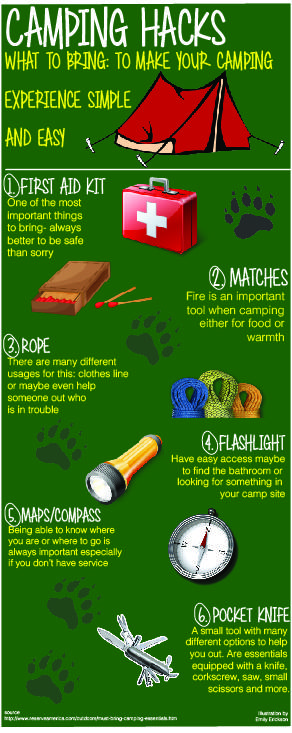How To Use The Web To Increase Camping Tents Product Sales
How To Use The Web To Increase Camping Tents Product Sales
Blog Article
Just How to Appropriately Establish Your Camping Tent Prior To Camping
Setting up your tent can be a challenging task for even seasoned campers. This overview will certainly cover the fundamentals of pitching a camping tent correctly and safely so you can appreciate your camping trip without stress or fear.
How do you pack a tent back in its bag?
Begin by setting out your tent's impact and ground sheet to protect your camping tent flooring from rocks, sticks, dirt, and various other particles. Next, construct the tent posts and attach them to the corners of the outdoor tents body using the proper sleeve or hook.
Choosing the Right Site
When you are worn down after a long day hiking, you intend to pitch your tent and prepare to rest. But you ought to initially take a walk around the site to see to it it is safe for camping. Overlook and up to discover whether any kind of trees have large dead branches that could fall on your camping tent. These are occasionally called widowmakers and you don't want them to go down on you while you're resting.
Also make sure to stay clear of low spots that might flooding throughout a storm and to camp away from pet routes, nests and habitats where ticks and chiggers are most likely to prosper. Search for a flat, rock-free spot that is big sufficient for your outdoor tents and any other equipment you'll be bringing.
Some people like to set their camping tents up so the head end is sharp towards the east to catch the sun's warming rays first thing in the morning. This isn't constantly essential, but it is a good touch that can aid wake you up.
Pitching Tips
It may seem apparent, however appropriate outdoor tents throwing is one of the most essential factors in a good night's rest. Having a practice run in the house will certainly aid you acquaint yourself with your tent, find all the pole sleeves and fasteners, and make certain every little thing remains in area. It's additionally a great deluxe camping tent time to practice using guylines for stability and to discover any type of damaged pieces.
When you come to your outdoor camping website, take a look at the surface to see if it appropriates for your outdoor tents. An excellent general rule is to pitch the outdoor tents on a level, degree place with a mild downhill angle. This will certainly permit rainfall to recede from the outdoor tents as opposed to merging before it.
If you can not locate a degree location, think about putting a tarpaulin or other groundsheet under your camping tent footprint to safeguard it from moisture. This can also help keep dirt out of the outdoor tents.
Making Use Of Guylines Properly
Making use of individual lines properly is important to making certain your camping tent or hammock remains safe in high winds and other bad weather conditions. A guy line is a rope or cable that affixes to the ground via loopholes and D-rings in the structure, tarp, or rainfly.
Start by safeguarding one end of the line to a guyout loophole on your camping tent or rain fly, or to the pole it's affixed to. After that loophole the other end of the line over a stake positioned faraway from the framework and tighten it.
Keeping your shelter's individual lines tight will avoid drooping or drooping throughout windy conditions, protecting against wetness from leaking into the outdoor tents or damages to the structure and enhancing convenience and security during camping. Constantly inspect the tension of your individual lines throughout and after unfavorable weather conditions to guarantee they stay protected. In addition, take into consideration loading a man line tensioner to easily readjust and preserve the proper quantity of tension in your lines.
Removing the Camping tent
When working out right into your camping area, find a place with a level area and clear it of rocks and particles. Likewise, be sure to set a tent impact or tarp slightly smaller sized than your tent body to stop water pooling. This helps maintain your tent completely dry from rain or condensation and can be specifically valuable in windy locations.
Examine your equipment, including the outdoor tents stuff sacks to see to it nothing is missing out on. Inspect that the poles suit their clips and restock first-aid products if needed.
When it's time to pitch your camping tent, begin by orienting the doors downwind, and stake down each edge of the tent. If the ground hangs or sandy, consider spreading out a tarp under your camping tent to protect it from wind and minimize the likelihood of your camping tent tipping over. Likewise, make certain to utilize guylines properly to tie down your rainfly and maintain it taut. A well-pitched camping tent can prevent dripping, condensation, and sunlight damage.
How do you maintain a canvas tent?
